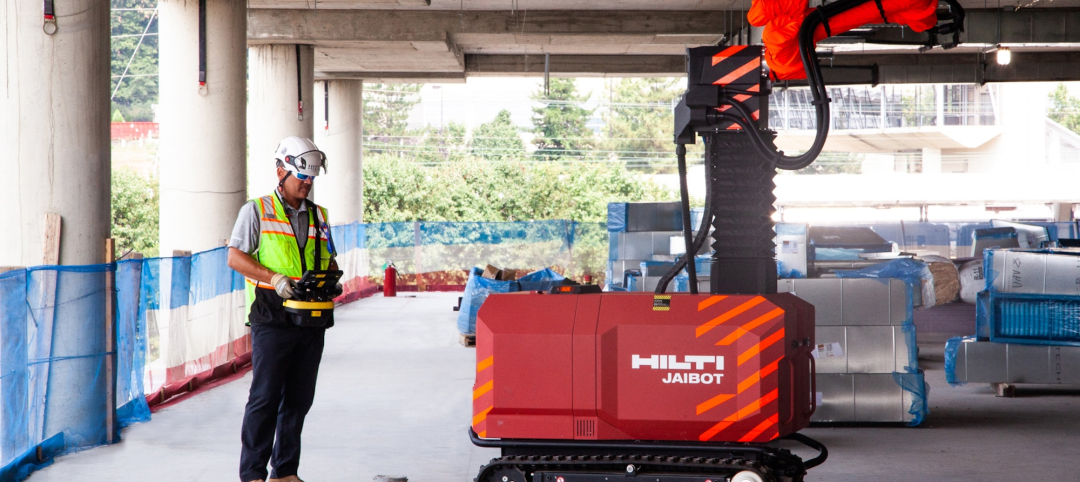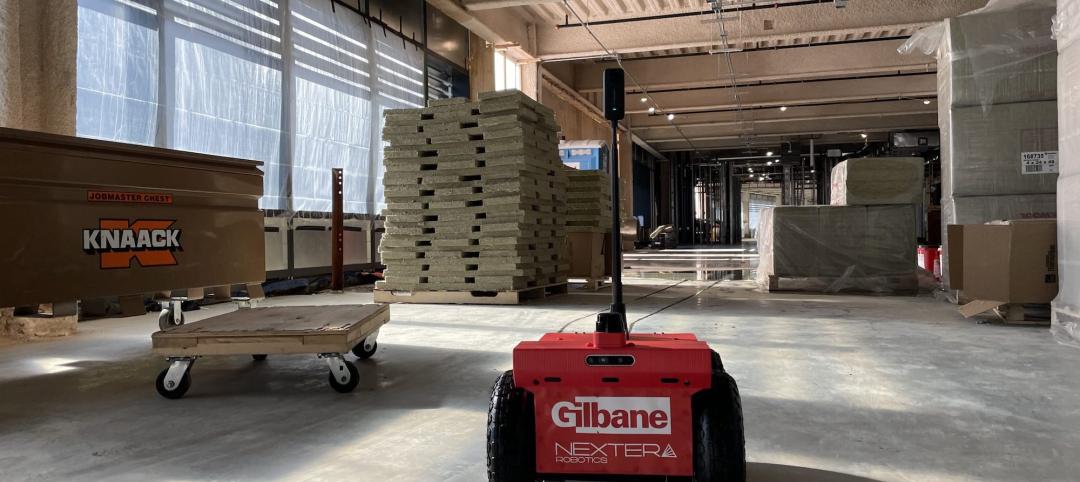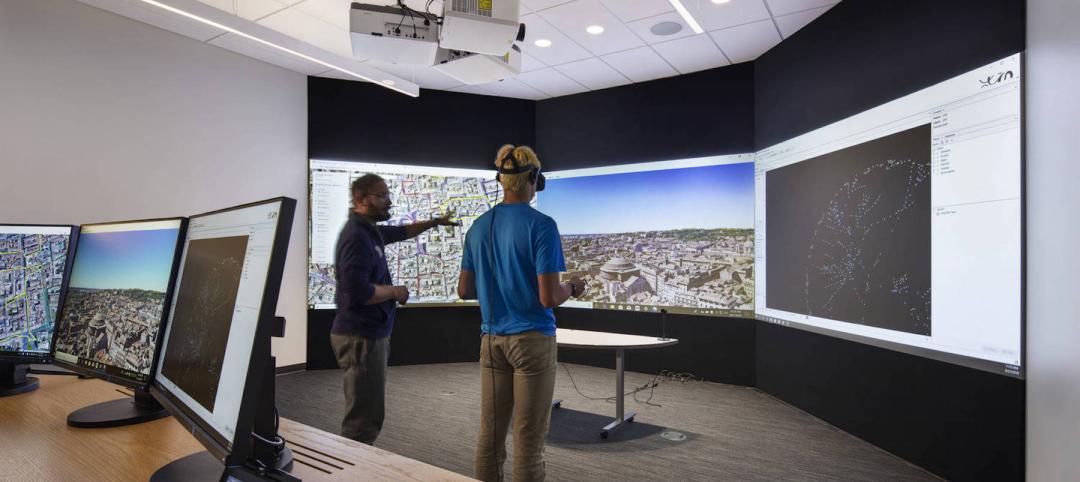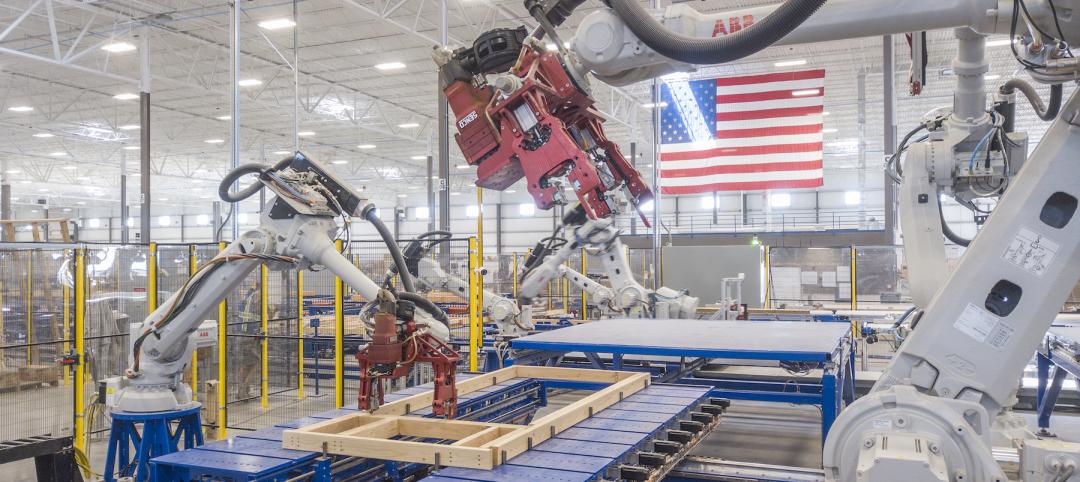Early next year, construction is scheduled to begin on Coral Mountain, a 400-acre masterplan resort in the Coachella Valley near LaQuinta, Calif., which will be the first of its kind whose amenities include an 18-million-gallon water basin that’s activated by artificial wave technology.
The land, which had already been approved for 750 homes, is owned by Meriwether Companies, a private real estate and development firm; and Big Sky Wave Developments, founded and directed by Michael B. Schwab, the son of famed investor Charles Schwab, whose company is one of the country’s largest financial services firms. Michael Schwab formed his company in 2016 to develop exclusive wave-zone resorts.
This $200 million Coral Mountain is designed by CCY Architects. VITA Planning and Landscape Architecture is doing the land planning and landscaping, and MSA Consulting is the CE. The rest of the building team, including its GC, will be brought on board later this year, according to a spokesperson for the project.
The full-service hotel and resort will include a private club, multiple dining venues, and adventure sports offerings. In its latest design, the 2,000-ft-wide wave basin will replace a previously approved golf course, and is expected to use less water.
The technology that will provide the resort’s guests with the longest rideable, open-barrel, human-made wave in the world comes from Kelly Slater Wave Company, a division of Santa Monica, Calif.-based World Surf League, which creates surf-specific events, experiences, and storytelling. Kelly Slater Wave Company is named after the 11-time world champion surfer Kelly Slater.
RESORT’S WAVE BASIN CAN HANDLE UP TO 20 SURFERS AN HOUR
Coral Mountain will be the first resort in the U.S. to deploy Slater’s wave technology, which uses a giant hydrofoil that is pulled through the water to push out the wave for 700 yards, for an almost one-minute wave from start to finish. Large end bays can accommodate 15 to 20 beginner-to-intermediate surfers each hour on either end of the wave basin. (The only other place with this technology in use is Kelly Slater’s Surf Ranch in Lemoore, Calif., and that doesn’t have resort facilities or end bays built into it.)
“We are excited to bring to life an unprecedented vision for an experiential resort development, curated for today’s active and engaged consumer here in Southern California and beyond,” said Noah Hahn, Partner, Meriwether Companies, in a prepared statement.
The project spokesperson says Coral Mountain is being financed primarily through equity and some low-leverage debt. Despite the coronavirus that shut down many businesses in California, the project continues to go through the approvals process, and Meriwether and Big Sky don’t anticipate delays in the construction start or its completion target in 2022.
Also see: Mega surf parks take entertainment to new extremes
The history of man-made waves has been fraught with business and mechanical failures. Probably the best known startup was NLand Surf Park, which opened in Austin, Texas, in 2016, and whose owner was Coors Brewing Company scion Doug Coors. Until it shut down, NLand was using wave technology from Wavegarden, one of several such providers that are active in the industry sector.
WAVE TECHNOLOGIES IN COMPETITION
In January 2019, Kelly Slater Wave Company, through an LLC, acquired NLand for a reported $4.8 million. Meanwhile, Wavegarden has been pushing its so-called “cove” technology, which was first tested in Spain and last November debuted at The Wave park in Bristol, England. This technology reportedly produces waves as high as two meters.
A spokesperson for World Surf League asserts that the League chose to acquire Kelly Slater Wave Company because “it was the best artificial wave technology where tour pros could train, and the WSL could host world tour events.”
“I originally invested with Kelly in 2013 for my own personal surfing progression,” recalled Schwab, Big Sky Wave Developments’ Managing Director. “I had no idea the impact it would have on my life, and I realized immediately that I had to share this opportunity.”
Related Stories
Giants 400 | Nov 14, 2022
4 emerging trends from BD+C's 2022 Giants 400 Report
Regenerative design, cognitive health, and jobsite robotics highlight the top trends from the 519 design and construction firms that participated in BD+C's 2022 Giants 400 Report.
Contractors | Nov 14, 2022
U.S. construction firms lean on technology to manage growth and weather the pandemic
In 2021, Gilbane Building Company and Nextera Robotics partnered in a joint venture to develop an artificial intelligence platform utilizing a fleet of autonomous mobile robots. The platform, dubbed Didge, is designed to automate construction management, maximize reliability and safety, and minimize operational costs. This was just one of myriad examples over the past 18 months of contractor giants turning to construction technology (ConTech) to gather jobsite data, manage workers and equipment, and smooth the construction process.
Architects | Nov 10, 2022
What’s new at 173 architecture firms for 2022
More than 295 U.S. architecture and architecture-engineering (AE) firms participated in BD+C's 2022 Giants 400 survey. As part of the Giants survey process, participating firms are asked to describe their most impactful firm innovations and noteworthy company moves in the past 12 months. Here is a collection of the most compelling business and project innovations and business moves from the 2022 Architecture Giants.
AEC Tech | Aug 8, 2022
The technology balancing act
As our world reopens from COVID isolation, we are entering back into undefined territory – a form of hybrid existence.
Smart Buildings | Jun 1, 2022
Taking full advantage of smart building technology
Drew Deatherage of Crux Solutions discusses where owners and AEC firms could do better at optimizing smart technology in building design and operations.
BAS and Security | May 26, 2022
Can your intelligent building outsmart hackers?
ESD's security services studio leader Coleman Wolf offers tips, advice, and lessons for protecting real estate assets from cyberattacks.
Architects | Apr 26, 2022
Low-tech skills architects need to keep in a high-tech world
As architects continue to lean into learning and mastering the latest technologies, let us not forget the foundational, fundamental skills that are still expected by clients. RS&H National Design Director Philip Robbie explains.
AEC Tech | Apr 19, 2022
VDC maturity and the key to driving better, more predictable outcomes
While more stakeholders across the AEC value chain embrace the concept of virtual design and construction, what is driving the vastly different results that organizations achieve? The answer lies within an assessment of VDC maturity.
Modular Building | Mar 31, 2022
Rick Murdock’s dream multifamily housing factory
Modular housing leader Rick Murdock had a vision: Why not use robotic systems to automate the production of affordable modular housing? Now that vision is a reality.
AEC Tech Innovation | Mar 9, 2022
Meet Emerge: WSP USA's new AEC tech incubator
Pooja Jain, WSP’s VP-Strategic Innovation, discusses the pilot programs her firm’s new incubator, Emerge, has initiated with four tech startup companies. Jain speaks with BD+C's John Caulfield about the four AEC tech firms to join Cohort 1 of the firm’s incubator.















